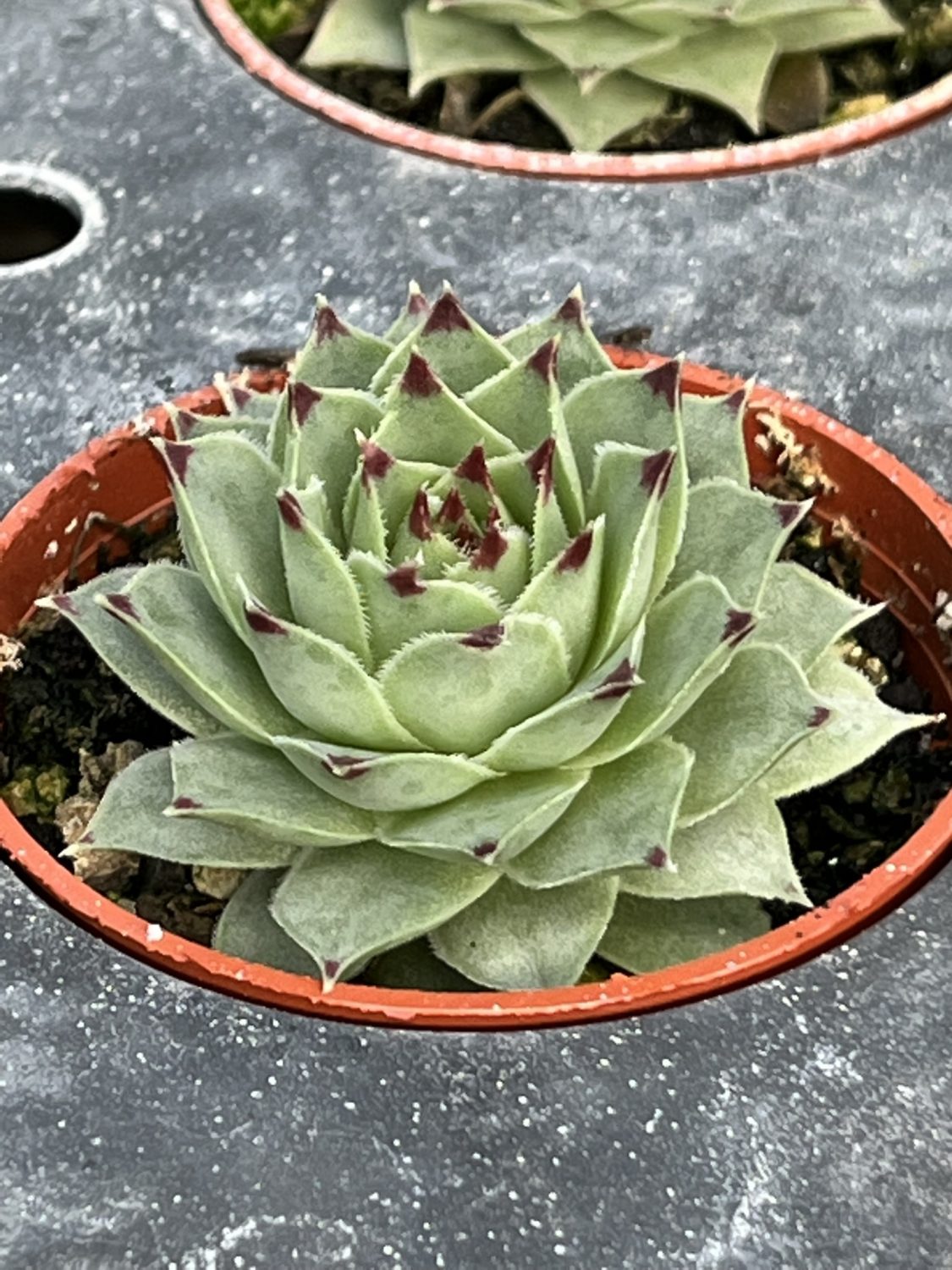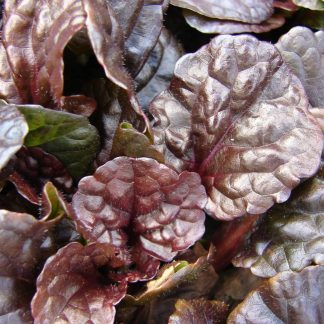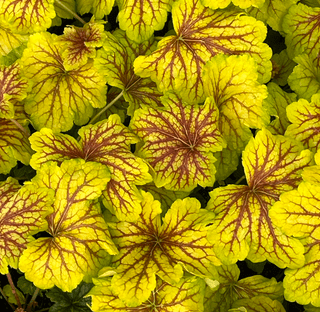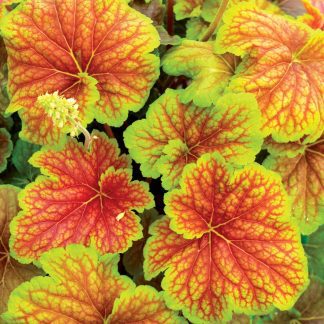Description
Meet Sempervivum ‘Greenii’: Our Resilient Hen-and-Chicks Friend
Introduction
Step into any sunny rock garden, and you might spot a tidy rosette no bigger than a cookie. It often hides in plain sight, hugging the soil, yet it flashes a rich green glow that draws our eyes. That star is Sempervivum ‘Greenii’, one of the most cheerful cultivars of the plant family we call Hen-and-Chicks. You and I know this family for its tight clumps of mothers (“hens”) that pop out baby offshoots (“chicks”) in a playful ring. They look like tiny, living mosaics.
Why do gardeners of every skill level fall for ‘Greenii’? First, it survives almost anything—heat, frost, even a missed watering or two. Second, it offers year-round color, shifting from fresh emerald in spring to a bronzy blush in cooler months. Third, it spreads in a friendly way, filling cracks, bowls, and rocky corners without smothering neighbors. In other words, we get a plant that looks fancy but acts humble.
In the paragraphs ahead, we’ll walk through its details, care tricks, creative uses, and solutions for everyday hiccups. By the end, you’ll feel ready to welcome ‘Greenii’ into your own space—inside, outside, or anywhere the sun lands.
Quick Snapshot
| Trait | Detail |
|---|---|
| Common Name | Hen-and-Chicks ‘Greenii’ |
| Botanical Name | Sempervivum tectorum ‘Greenii’ (often sold simply as Sempervivum ‘Greenii’) |
| Plant Type | Hardy succulent, evergreen |
| Mature Size | 2 in. tall rosettes; spreads 6–8 in. outward via pups |
| Light Needs | Full sun to light shade |
| Soil Needs | Gritty, fast-draining, pH neutral to slightly alkaline |
| Cold Hardiness | USDA Zones 3–9 |
| Growth Habit | Clumping, mat-forming |
| Special Perk | Deer, rabbit, and drought resistant |
What ‘Greenii’ Looks Like
Shape and Size
Picture a perfect, flat pinwheel of leaves. Each rosette stretches only two inches tall, but its circular form spreads three inches across, sometimes more. New chicks pop up on short runners, making a miniature village in a single season.
Leaf Color
- Spring and Summer: crisp green with a hint of apple peel.
- Late Fall and Winter: edges bronze, sometimes shading to rosy red when nights get chilly.
- Texture: leaves feel firm, almost rubbery, with tiny cilia (soft hairs) along the margins that pick up morning dew.
Flowers
After more than two or three years, one lucky hen sends up a thick stalk, eight to ten inches high. A crown of star-shaped pink flowers opens at the top. The stalk lasts several weeks, feeding bees and small butterflies. When the show ends, that mother rosette dies, but the surrounding chicks move in right away, so the colony stays full.
A Brief Backstory
Hen-and-Chicks earned the Latin name Sempervivum, which means “always living.” Early Europeans planted them on rooftops to seal leaks and, according to legend, to ward off lightning. ‘Greenii’ itself likely traces to alpine slopes of southern and central Europe, but growers fine-tuned it for compact size and brighter year-round color. Today, you can find trays of ‘Greenii’ in nurseries from Minnesota to Madrid. Instead of chasing trends, it promises steady beauty season after season.
Why You’ll Love Growing ‘Greenii’
- Bulletproof Nature – Leaves store water like tiny canteens, so missed waterings rarely spell trouble.
- Thrives in Poor Soil – Sand, gravel, even cracked concrete can host a healthy clump.
- Kid-Friendly Propagation – You and young helpers can snap off pups and tuck them into new spots. Instant science lesson!
- Year-Round Interest – Color shifts keep the bed lively in every month.
- Wildlife Support – Flowers invite pollinators, but foliage stays safe from deer and rabbits.
How to Care for Sempervivum ‘Greenii’
1. Light
Goal: Six or more hours of direct sun each day.
- Outdoor beds: Full sun is best, but in scorching summers give light afternoon shade.
- Indoor pots: Place on the brightest sill you own, ideally south-facing. Rotate weekly for even growth.
Tip: If rosettes stretch taller than two inches and turn pale, they’re begging for more light.
2. Soil
‘Greenii’ despises soggy roots. Instead of all-purpose potting mix, choose—
- Rocky garden soil enriched with pea gravel or chicken grit.
- DIY pot mix: 50 % cactus soil, 30 % perlite or pumice, 20 % coarse sand.
The goal is drainage so quick that water slips through in seconds.
3. Water
- Spring–Fall: Water deeply, then wait until soil is bone dry before the next drink.
- Winter: Nature supplies enough moisture in most climates. Pots in rain shadow may need one sip every four to six weeks.
Instead of tiny splashes, give one solid soak, allowing water to flush salts away.
4. Temperature and Humidity
- Cold: Hardy down to -30 °F (-34 °C). Snow acts like a cozy blanket.
- Heat: Up to 90 °F (32 °C) with airflow. Hot and humid? Provide morning sun, afternoon shade, and a gritty top dressing to keep crowns dry.
5. Fertilizer
Less is truly more. A sprinkle of slow-release, low-nitrogen granular food in early spring is plenty. Excess nitrogen forces floppy growth that rots.
6. Container Tips
Choose shallow terracotta bowls with drainage holes. Spread a one-inch layer of gravel on top to anchor chicks and prevent collar rot. After more than two years, refresh soil and trim spent mothers.
7. Propagation
- Gently detach a chick with a short stem.
- Air-dry for a day so the cut calluses.
- Nestle into new gritty mix, burying only the stem.
- Mist lightly for a week, then treat as adult.
Kids love naming each chick and watching roots appear.
8. Pests and Problems
| Problem | Sign | Fix |
|---|---|---|
| Root rot | Mushy leaves, foul smell | Remove rotting parts, replant healthy pups in dry mix |
| Mealybugs | White cotton tufts in leaf axils | Dab with cotton swab dipped in 70 % alcohol |
| Stretching | Tall, loose leaves | Increase light, move to sunnier spot |
| Leaf scorch | Brown patches on leaf tips | Provide midday shade, add mulch grit |
Seasonal Playbook
Spring
- Clear winter debris.
- Add slow-release food.
- Split crowded mats and share extras with friends.
Summer
- Thin seedlings from hens that bloomed the previous year.
- Water deeply once soil is fully dry.
- Snap photos as color peaks under bright sun.
Fall
- Watch for blush tones; cooler nights trigger red edges.
- Stop fertilizer now—plants need rest.
Winter
- Forget about water unless indoors near dry heat vents.
- Avoid covering with wet leaves. A little snow is okay.
Styling Ideas
Rock Gardens
Nestle ‘Greenii’ between stones. The contrast of green rosettes and gray granite feels both neat and wild.
Fairy or Miniature Landscapes
Use an old birdbath or shallow tray filled with sandy soil. Add polished pebbles, a toy cottage, and tiny twigs for trees. The hen becomes the “village elder,” while chicks wander the lanes.
Living Roofs and Walls
Lightweight containers, sedum mats, or green roofs all gain winter color when we tuck ‘Greenii’ along edges. Roots stay shallow, so the weight stays low.
Indoor Centerpieces
Line a low wooden box with plastic, drill drainage holes, and arrange multiple cultivars for a rainbow effect. Rotate the piece during meals so everyone gets a peek.
Gift Jar Favors
Press a single rosette into a baby-food jar layered with fine gravel. Screw on the lid, attach care tags, and share at garden club meetings or classroom science days.
Frequently Asked Questions
Q: Does ‘Greenii’ die after flowering?
A: Yes, the one hen that blooms will fade, but her chicks will fill that spot quickly. Think of flowering as a celebratory farewell.
Q: Can I grow it in humid coastal zones?
A: You can, but ensure gritty soil, place pots where breezes flow, and avoid overhead watering. In other words, keep crowns dry.
Q: Is it safe for pets?
A: Sempervivums are non-toxic to cats and dogs. However, we still encourage keeping curious chewers busy with pet-safe toys.
Q: How fast will a single rosette spread?
A: One hen may produce 3–6 chicks the first year, doubling the next. A small bowl can fill by the second season.
Troubleshooting Snapshots
- Leaves turning black at the base? Rot is creeping in. Pop off healthy chicks, dry for a day, and replant in fresh, gritty mix.
- Rosettes shrinking? Check roots for weevils or mealybugs. Treat with neem oil drench or an appropriate insecticidal soap.
- No chicks after two years? Light may be too low. Move to brighter spot, and skip fertilizer to encourage pup production.
Sustainable Upsides
- Water-wise: Needs a fraction of the water turf grass demands.
- Soil-holding: Roots weave through cracks, anchoring slopes against erosion.
- Pollinator pop: Late-season blooms offer nectar when other flowers fade.
- Long-lived: Instead of annual replanting, colonies thrive for decades.
Planting ‘Greenii’ means we join the global movement toward resilient, low-input gardens. We get beauty without guilt.
Bringing It All Together
When we invite Sempervivum ‘Greenii’ into our gardens, balconies, or sunny windows, we gain more than a plant. We gain a steadfast friend that teaches patience, resourcefulness, and joy in small things. Each compact rosette reminds us that strength can be tiny yet mighty. The chicks that circle each hen echo community, cooperation, and the cycle of renewal we all share.
So, pick up a pot or pluck a pup from a neighbor’s overgrown bowl. Give it the sunniest seat you have, surround it with gritty soil, and watch. Soon, hens will strut, chicks will wander, and your own slice of living mosaic will spread—slowly, surely, beautifully—right before your eyes.




